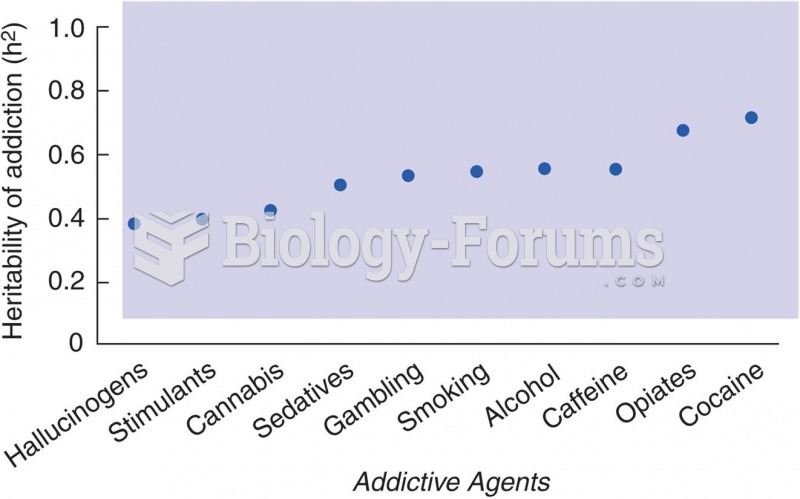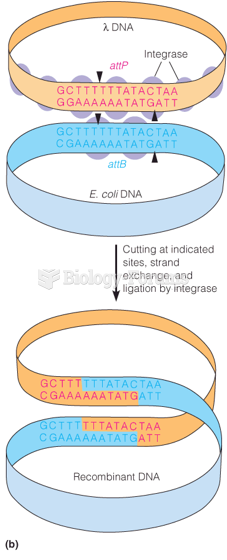|
|
|
Your heart beats over 36 million times a year.
A recent study has found that following a diet rich in berries may slow down the aging process of the brain. This diet apparently helps to keep dopamine levels much higher than are seen in normal individuals who do not eat berries as a regular part of their diet as they enter their later years.
When intravenous medications are involved in adverse drug events, their harmful effects may occur more rapidly, and be more severe than errors with oral medications. This is due to the direct administration into the bloodstream.
Blood is approximately twice as thick as water because of the cells and other components found in it.
Approximately 500,000 babies are born each year in the United States to teenage mothers.







